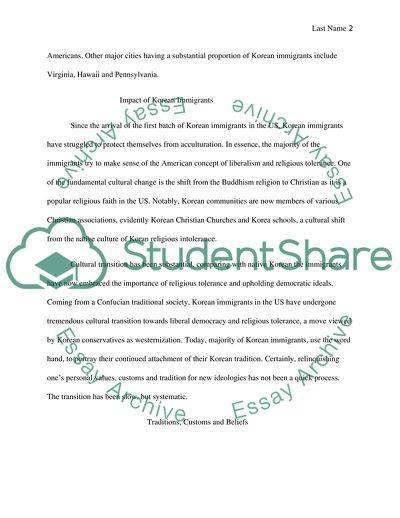Cite this document
(Korean Immigrants in the US Essay Example | Topics and Well Written Essays - 2250 words, n.d.)
Korean Immigrants in the US Essay Example | Topics and Well Written Essays - 2250 words. https://studentshare.org/sociology/1853920-immigrants
Korean Immigrants in the US Essay Example | Topics and Well Written Essays - 2250 words. https://studentshare.org/sociology/1853920-immigrants
(Korean Immigrants in the US Essay Example | Topics and Well Written Essays - 2250 Words)
Korean Immigrants in the US Essay Example | Topics and Well Written Essays - 2250 Words. https://studentshare.org/sociology/1853920-immigrants.
Korean Immigrants in the US Essay Example | Topics and Well Written Essays - 2250 Words. https://studentshare.org/sociology/1853920-immigrants.
“Korean Immigrants in the US Essay Example | Topics and Well Written Essays - 2250 Words”. https://studentshare.org/sociology/1853920-immigrants.


